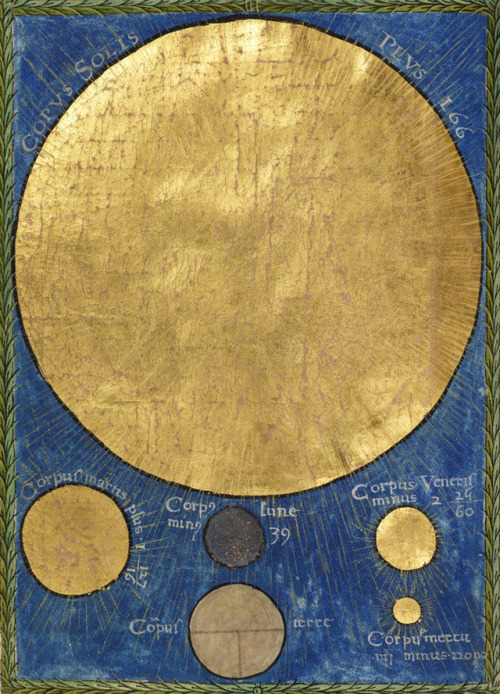What A Man. John Glenn ❤
What a man. John Glenn ❤
More Posts from Needingsomespace and Others

celestial bodies
Christianus Prolianus, Astronomia, Naples 1478
Manchester, John Rylands University Library, Latin MS 53, fol. 58v





February 24, 1969 – Apollo 11 moonwalkers Neil Armstrong and Buzz Aldrin train for the Moon by going on a geology field trip to the Sierra Blanca region in West Texas. (NASA)

“Dear God, please don’t let me fuck up.”
—Alan Shepard

November 5, 2007 – The Space Shuttle Discovery floats high above our lovely Earth, observed from the International Space Station.
(NASA)

Dream and wish, as it’s human nature. As with the motto of my alma mater, North Carolina State University, think and do. Dare to dream, and then decide to make it happen. Landing on the moon was once science fiction. Make your dreams a reality. Roll up your sleeves and get to work.



happy 127 bday Mr. Hubble 💕🔭







On the occasion of astronomer Edwin Hubble’s birthday, let’s take a look at his stock in trade – galaxies. It was through his observations of these celestial wonders that Hubble changed our perception of the universe. This excerpt from NASA’s bio will give you the gist (and please note that all these galactic images are, of course, captured by the Hubble Space Telescope):
“Most astronomers of Hubble’s day thought that all of the universe — the planets, the stars seen with the naked eye and with powerful telescopes, and fuzzy objects called nebulae — was contained within the Milky Way galaxy. Our galaxy, it was thought, was synonymous with the universe.
In 1923 Hubble trained the Hooker telescope on a hazy patch of sky called the Andromeda Nebula. He found that it contained stars just like the ones in our galaxy, only dimmer. One star he saw was a Cepheid variable, a type of star with a known, varying brightness that can be used to measure distances. From this Hubble deduced that the Andromeda Nebula was not a nearby star cluster but rather an entire other galaxy, now called the Andromeda galaxy.
In the following years he made similar discoveries with other nebulae. By the end of the 1920s, most astronomers were convinced that our Milky Way galaxy was but one of millions in the universe. This was a shift in thought as profound as understanding the world was round and that it revolved around the sun.
Hubble then went one step further. By the end of that decade he had discovered enough galaxies to compare to each other. He created a system for classifying galaxies into ellipticals, spirals and barred spirals — a system called the Hubble tuning fork diagram, used today in an evolved form.
But the most astonishing discovery Hubble made resulted from his study of the spectra of 46 galaxies, and in particular of the Doppler velocities of those galaxies relative to our own Milky Way galaxy. What Hubble found was that the farther apart galaxies are from each other, the faster they move away from each other. Based on this observation, Hubble concluded that the universe expands uniformly. Several scientists had also posed this theory based on Einstein’s General Relativity, but Hubble’s data, published in 1929, helped convince the scientific community.”
You can click photos to identify the galaxies.
(Text: NASA/Images: HubbleSite)

The perihelion is the point in the orbit of the Earth where it is nearest to the Sun. It is the opposite of aphelion.
This concept can be applied to any orbiting object.

On March 2, 1963 Engineer Thomas Byrdsong checks the Apollo/Saturn 1B Ground-wind-loads model in the Transonic Dynamics Tunnel at Langley Research Center in Hampton, Virginia. Credit: NASA

IC1805 è una nebulosa diffusa in associazione ad un ammasso aperto, visibile nella costellazione di Cassiopea, verso il confine con la Giraffa. Fu scoperta nel 1787 da William Herschel ed è conosciuta come "Nebulosa Cuore".
-
 illogicalconsequence reblogged this · 8 years ago
illogicalconsequence reblogged this · 8 years ago -
 needingsomespace reblogged this · 8 years ago
needingsomespace reblogged this · 8 years ago